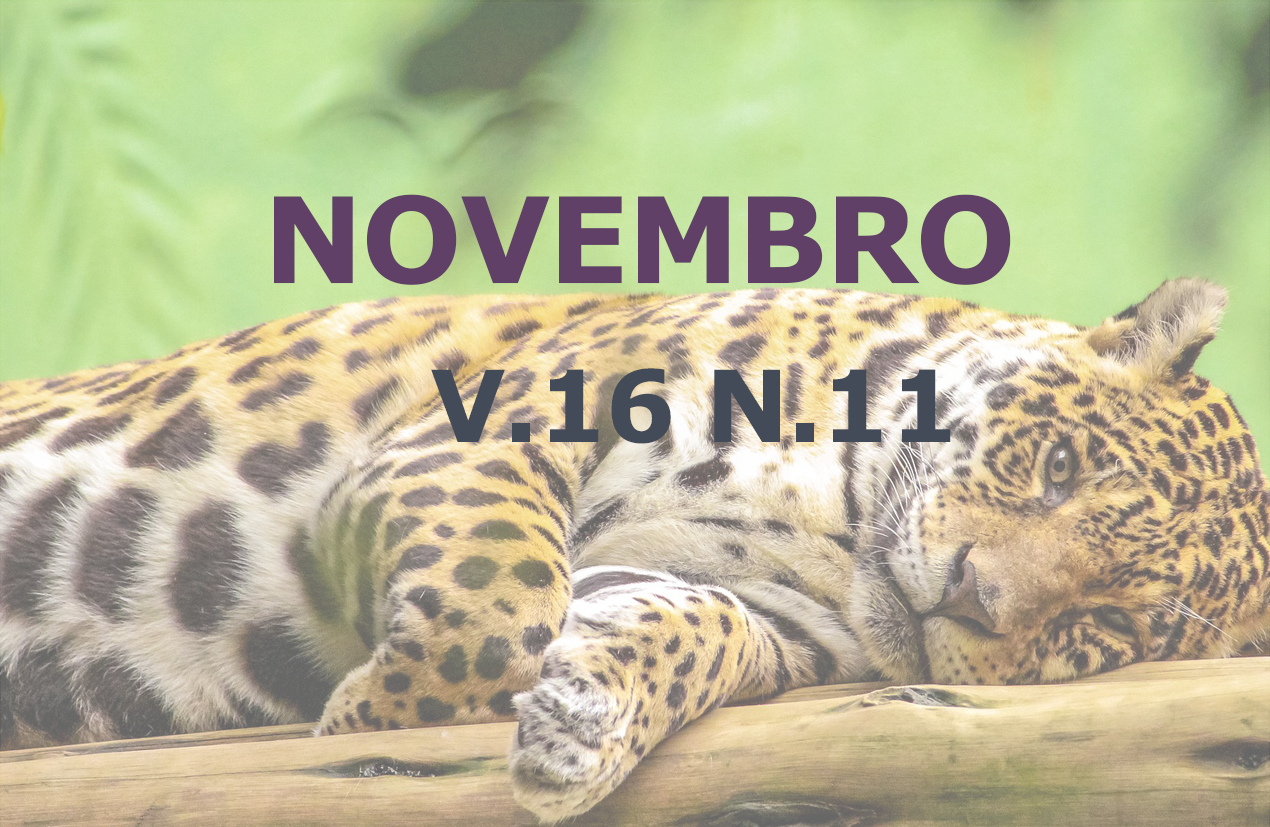Urolithiasis in pig: Case report
DOI:
https://doi.org/10.31533/pubvet.v16n11a1273.1-6Keywords:
Mini pig, penectomy, rectal prolapse, swine, urolithiasisAbstract
Urolithiasis is a pathological process that is characterized by the presence of stones or concretions in the urinary system, which can affect any and all species of animal. The present study consists of a case report involving a mini pig breed, diagnosed with non-obstructive urolithiasis and who underwent surgical intervention for the invasive treatment of the condition. The materials and methods include tests and statements related to the patient's treatment stages, ranging from laboratory tests to the postoperative period. The results showed that there was a possibility of the patient evolving into an obstructive urolithiasis, with a penectomy being the ideal surgical procedure for the treatment of the swine. Furthermore, the study supports the discussion of the use of surgical techniques in small to non-conventional animals, enriching it based on the medical-veterinary literature available on urolithiasis in swine, and filling gaps about the knowledge of this phenomenon, including the interventions, protocols adopted, drugs administered and other processes and procedures for rehabilitation. The conclusions reached identified the need to carry out future studies on urolithiasis in swine, given a general lack of publications in the national and international scientific literature on this phenomenon.
References
Chigerwe, M., Shiraki, R., Olstad, E. C., Angelos, J. A., Ruby, A. L., & Westropp, J. L. (2013). Mineral composition of urinary calculi from potbellied pigs with urolithiasis: 50 cases (1982–2012). Journal of the American Veterinary Medical Association, 243(3), 389–393. https://doi.org/10.2460/javma.243.3.389.
Coutant, T., Dunn, M., Montasell, X., & Langlois, I. (2018). Use of percutaneous cystolithotomy for removal of urethral uroliths in a pot-bellied pig. The Canadian Veterinary Journal, 59(2), 159–164.
Gama Filho, J. B., Rodrigues, D. F., Mendes, F. F., Gama, B. L., Santos, R. B. S., Corrêa, L. R., Borges, J. R. J., Silva, L. A. F., & Paulo, N. M. (2015). Técnica laparoscópica versus técnica aberta para adrenalectomia em suínos. Ciência Animal Brasileira, 16, 287–297.
Guimarães, J. A., Mendonça, C. L., Sousa Guaraná, E. L., Dantas, A. C., Azevêdo Costa, N., Câmara, A. C. L., Farias, C. C., & Afonso, J. A. B. (2012). Estudo retrospectivo de 66 casos de urolitíase obstrutiva em ovinos. Pesquisa Veterinária Brasileira, 32(9), 824–830.
Hoefer, H. L. (2013). Excellence in exotics: Case report: urolithiasis in a female Guinea pig. Compendium Continious Education, 35(2), E5–E5.
Izidoro, L. R. V, Araújo, R. B., Pinheiro, E. C., Schwinden, G. M., & Landim, T. (2018). Tratamento fitoterápico de urolitíase com cranberry em um porquinho-da-Índia. Ciência Animal, 28, 75–78.
Lorenzett, M. P., Cruz, R. A. S., Cecco, B. S., Schwertz, C. I., Hammerschmitt, M. E., Schu, D. T., Driemeier, D., & P Pavarini, S. (2019). Obstructive urolithiasis in growing-finishing pigs. Pesquisa Veterinária Brasileira, 39, 382–387. https://doi.org/10.1590/1678-5150-PVB-6229.
Muniz Neta, E. S., & Munhoz, A. D. (2008). Urolitíase em cães e gatos: uma revisão. MEDVEP. Revista Científica de Medicina Veterinária, 6(17), 24–34.
Needleman, A., & Videla, R. (2019). Urolithiasis in a female miniature potbellied pig. Veterinary Record Case Reports, 7(3), e000809. https://doi.org/10.1136/vetreccr-2018-000809.
Neves, L. J. V. A., Wainstein, A. J. A., Mathias, W. C., Costa, F. P. D., Castro, J. H., & Avassi-Rocha, P. R. (2011). Ligadura simples ou ligadura com confecção de bolsa e sepultamento para tratamento do coto apendicular: estudo comparativo prospecivo randomizado. ABCD. Arquivos Brasileiros de Cirurgia Digestiva (São Paulo), 24(1), 15–19. https://doi.org/10.1590/s0102-67202011000100004.
Pimenta, Y. T. S., Segala, R. D., Pita, M. C. G., Salzedas, B. A., Lopes, D. M., Santos, S. O., & Cangussu, R. B. (2019). Urolitíase em Porquinho-da-Índia (Cavia porcellus): Relato de caso. PUBVET, 13, 1–9. https://doi.org/10.31533/pubvet.v13n3a286.1-9.
Rick, G. W., Conrad, M. L. H., Vargas, R. M., Machado, R. Z., Lang, P. C., Serafini, G. M. C., & Bones, V. C. (2017). Urolitíase em cães e gatos. PUBVET, 11, 646–743.
Riet-Correa, F., Simões, S. V. D., & Vasconcelos, J. S. (2008). Urolitíase em caprinos e ovinos. Pesquisa Veterinária Brasileira, 28(6), 319–322.
Silva Filho, E., Prado, T., Ribeiro, R., & Fortes, R. (2013). Urolitíase canina. Enciclopédia Biosfera, 9(17), 2517–2536.
Sousa, A. A. R., Soares Nunes, V. H., Almeida de Oliveira, R., Sousa, S., Abreu, A., Cabral Teixeira, W., Coelho, C., & Oliveira, M. C. (2011). Urolitíase obstrutiva em ovino. Acta Scientiae Veterinariae, 39(2), 1–4.
Downloads
Published
Issue
Section
License
Copyright (c) 2022 Isabela Marcodes, Natalia Rodrigues, Enore Augusto Massoni, Fabiana Merida, Leslie Maria Domingues

This work is licensed under a Creative Commons Attribution 4.0 International License.
Você tem o direito de:
Compartilhar — copiar e redistribuir o material em qualquer suporte ou formato
Adaptar — remixar, transformar, e criar a partir do material para qualquer fim, mesmo que comercial.
O licenciante não pode revogar estes direitos desde que você respeite os termos da licença. De acordo com os termos seguintes:
Atribuição
— Você deve dar o crédito apropriado, prover um link para a licença e indicar se mudanças foram feitas. Você deve fazê-lo em qualquer circunstância razoável, mas de nenhuma maneira que sugira que o licenciante apoia você ou o seu uso. Sem restrições adicionais
— Você não pode aplicar termos jurídicos ou medidas de caráter tecnológico que restrinjam legalmente outros de fazerem algo que a licença permita.





